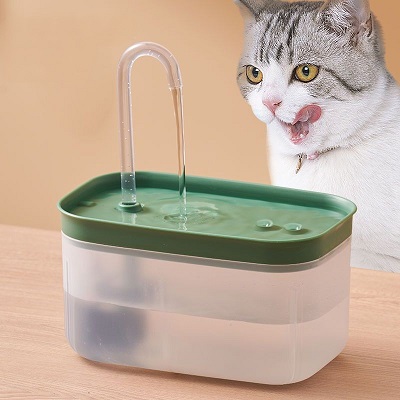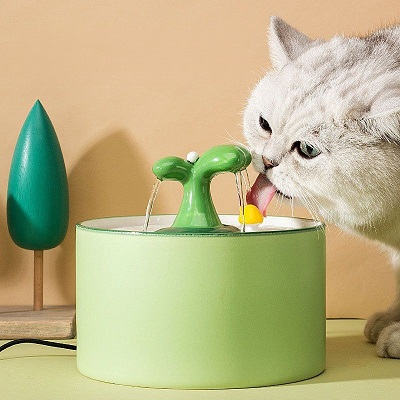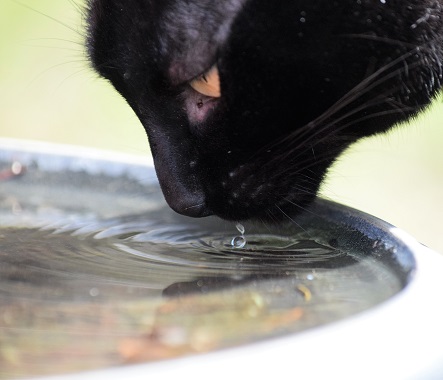Ensuring your feline friend stays properly hydrated is crucial for their overall health and well-being. As a cat owner, you’re faced with the decision of whether to provide them with a traditional water bowl or upgrade to a cat water fountain.
Let’s delve into a detailed comparison between these two options to help you make an informed choice.

Comparison
In this part, we will compare traditional water bowls and cat water fountains from 8 aspects.
1. Water Freshness and Hygiene
Traditional Water Bowls
Water bowls require regular monitoring and refilling to ensure freshness. Stagnant water can attract dust, debris, and even bacteria over time.
Cat Water Fountains
Cat water fountains constantly circulate the water, preventing stagnation and keeping it oxygenated and fresh. This feature ensures that your cat has access to clean water throughout the day.
2. Encouraging Hydration
Traditional Water Bowls
Some cats may be reluctant to drink from stagnant water sources, leading to inadequate hydration levels.
Cat Water Fountains
The flowing water in fountains often entices cats to drink more frequently due to its appealing movement and sound. This can be especially beneficial for cats prone to urinary issues.
3. Stimulation and Play
Traditional Water Bowls
Conventional bowls lack interactivity, providing just a basic water source.
Cat Water Fountains
Fountains with flowing water can engage cats’ curiosity and playfulness, turning drinking into an enjoyable activity.
4. Multi-Pet Households
Traditional Water Bowls
In households with multiple pets, dominant cats may deter others from accessing the water bowl.
Cat Water Fountains
Fountains offer multiple streams or levels, accommodating various cats simultaneously, and promoting a harmonious drinking environment.
5. Preventing Accidental Spills
Traditional Water Bowls
Bowls can be knocked over or splashed, resulting in water spills.
Cat Water Fountains
The design of water fountains minimizes the risk of spills, keeping the surrounding area dry and clean.
6. Maintenance and Cleaning
Traditional Water Bowls
Bowls need regular cleaning to prevent the buildup of grime and bacteria.
Cat Water Fountains
Although fountains require periodic cleaning, their continuous circulation helps prevent debris accumulation.
7. Noise Level
Traditional Water Bowls
Bowls are silent, which can be suitable for noise-sensitive cats.
Cat Water Fountains
Some fountains emit a gentle trickling sound from the water flow, which some cats may find soothing, while others might find it intriguing.
8. Cost Considerations
Traditional Water Bowls
Bowls are generally more cost-effective upfront.
Cat Water Fountains
Water fountains have an initial cost, but their long-term benefits in terms of hygiene and cat health may outweigh the upfront expense.

Conclusion
The choice between a traditional water bowl and a cat water fountain depends on your cat’s specific needs, your household dynamics, and your preferences. While traditional bowls are simple and budget-friendly, cat water fountains offer numerous advantages such as continuous freshness, improved hydration, and engagement for your feline companion.
Assess your cat’s behaviors, health considerations, and your own lifestyle to make the best decision for providing them with a clean and appealing source of water.

